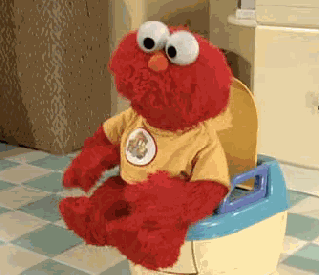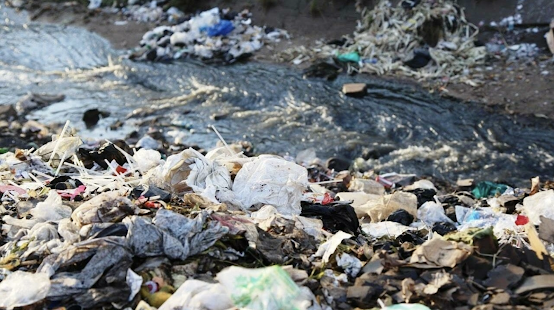World Toilet's Day 2021!
Let's Celebrate World Toilet's Day!
- It aims to raise awareness of the 3.6 billion people living without access to safely managed sanitation
- It is about taking action to achieve Sustainable Development Goal 6: Water and Sanitation for all by 2030
- It is about valuing Toilets
- A toilet that effectively captures human waste in a safe, accessible, and dignified setting can help achieve sustainable sanitation
The Sanergy Cycle
From one endpoint to another, Sanergy model is able to perform a sustainable and full cycle in dealing with the human waste in a safe way with every stage controllable and being monitored. The idea of human waste being handled as potential fertiliser is the same as the night soil industry practiced by the Victorians before industrialisation. Furthermore, this modern version adds on scientific formulas. Sanergy would make organic fertiliser and insect based animal feed from these excreta. They would sell these fertiliser and feed to Kenya farms. Because of these, Sanergy is praised as "a truly green business". Seeing from a green economy perspective, this is also an all change business as defined by Olivia Bina. By turning away from the waterborne sewage system and making profit from the human waste, it showcases a possibility of transformative business model that serves well for ecological economics.
Sanergy Fresh Life Toilets. Source: SanergyNotably, in recent years, Sanergy embraces new technologies. 1) It has launched mobile app that allows users to subscribe monthly pass. This allows them to capture customers in real-time data and receive feedbacks for improvement from users. 2) It has created waste collection app for collectors. With real-time monitors, collectors now exactly when the containers are being filled. They can make more effective logistic moves accordingly.
Impacts that have been made
- 124,729 residents served per day
- Process 70,000 tons of waste annually
- Produce 3,600 tons of insect-based animal feed annually
- Used by more than 5,000 smallholder farmers
- Contributed to 30% increase in crop yields
A Vignette
I hope you enjoyed the Sanergy case and my small vignette so far😁. If you have (a) funny toilet experience(s) - whether being impressive, funny, or too bad for being memorable - you're welcome to share below in the comments.








Some common practices happened in Nairobi, Kenya include "flying toilets", unsafe access at night and overfilled pit latrines. If you would like to learn more about these background knowledges, you might find my previous posts about human waste problems in Kampala, Uganda interesting. Although not directly linking to Nairobi, they serve well as a general introduction as the practices resemble.
ReplyDeleteThanks for your vignette - I would love to visit sometime! The use of faecal waste as a product (fertiliser, enegry source) has a long history and challenges. The recycling of faecal waste clearly makes sense as a on-site, decentralise solution but there is much to be done to shifting attitudes to this given sensible public health messages warning people of the risks to health posed by handling faeces. Maybe something to explore in another post?
ReplyDeleteThank you Prof. Taylor for this post inspiration. Your comment has inspired me to develop my post https://afrisanchallenge.blogspot.com/2021/12/poos-public-health-risks-or-commercial.html, in which I examined the connection of these two roles of poos you mentioned and wider discussions in the development sectors.
DeleteThis is a really interesting blog, thank you! What's your opinion about the issues surrounding economic gain in the face of basic needs? Do you think that Sanergy (and other NGOs or businesses like them) are exploiting 'the poor' and the lack of infrastructure? A really interesting point about Sangery being an 'all-change' NGO though, this is so important when considering long-term sustainability!
ReplyDeleteThank you for your comment~ As for the first question, I believe the economic gain motivates the civil society to engage more in the sanitation sector and welcomes more innovation ideas to be carried out, without being abandoned because of lack of fundings or so. As for the second question, personally I think more positive towards Sanergy and NGOs or businesses alike. They do make profits from the poors. But just like the Unilever soap case in India (by selling hand soaps to the locals to make money and in the meanwhile improve local sanitation practices), looking at the good sides of these projects - they do provide local employment opportunities and fill in an infrastructure gap when local government fails to serve.
Delete